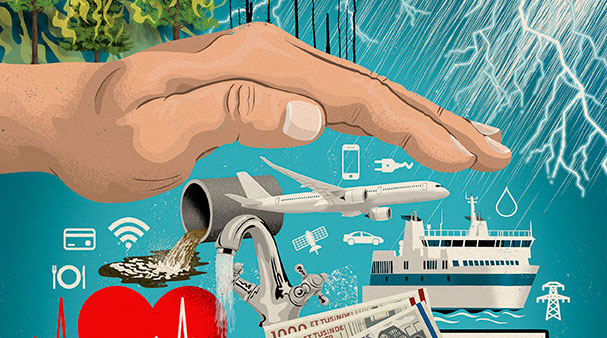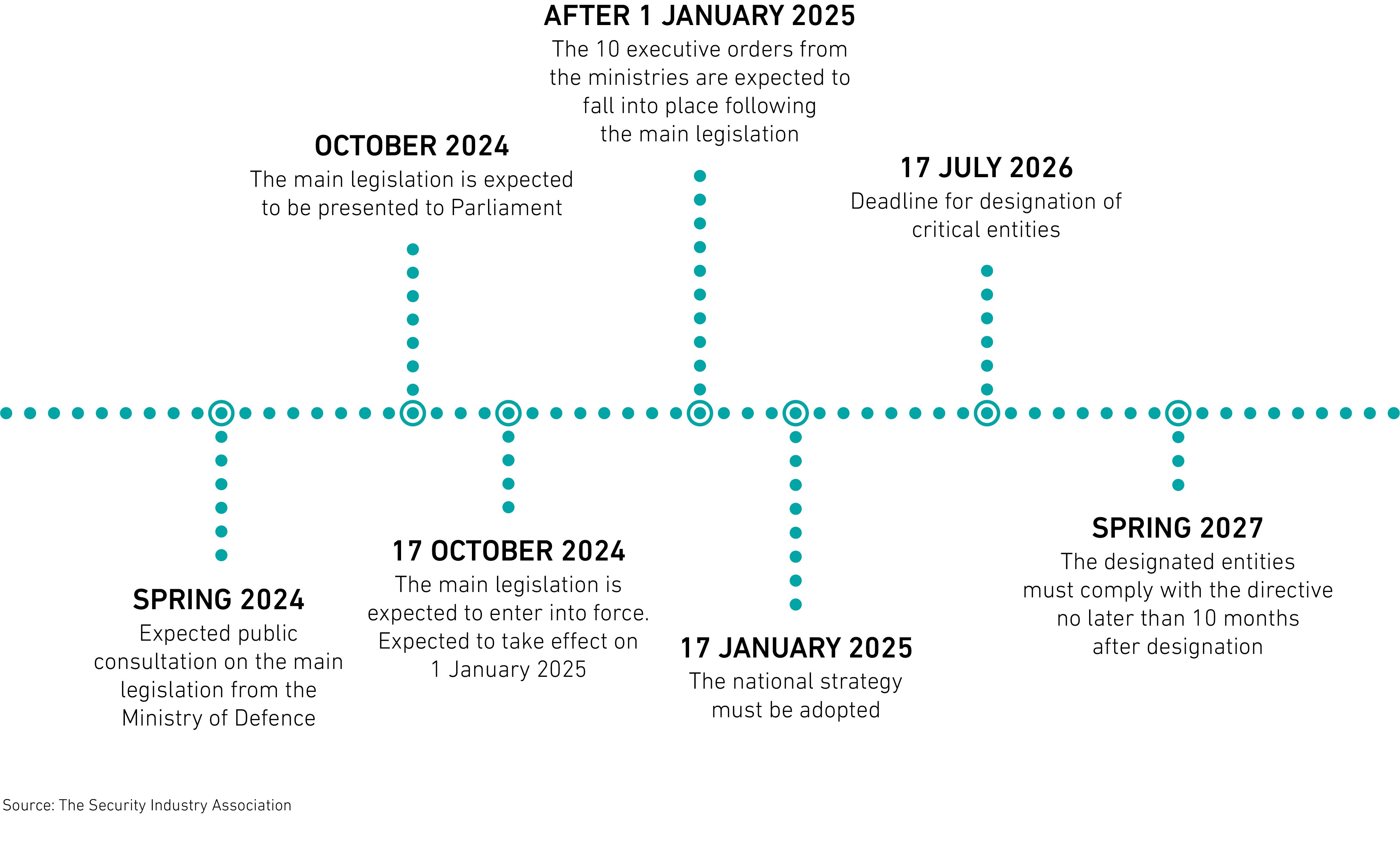
What is the CER directive?
The CER-directive concerns critical infrastructure in the event of e.g. natural disasters, sabotage, and disruptions to supply chains. Its purpose is to increase the EU’s critical infrastructure resilience. CER ensures that companies in vital industries can prevent, withstand, and respond to various types of crises e.g. hybrid attacks, terrorist attacks, sabotage, public health crises, and natural disasters. This protects society and maintains continuity in critical services and functions.
What does CER mean?
CER stands for Critical Entities Resilience and the directive states a range of resilience building requirements to critical infrastructure companies within the EU. It is up to each member state country to refine and implement the directive into their respective national legislation.
Who is covered by the CER-directive?
CER covers multiple industries including energy, transport, banking, financial market infrastructure, health, drinking water, wastewater, digital infrastructure, public administration, aerospace, and food. It is up to each member state country to define the type of companies they consider part of their critical infrastructure.
When does the CER-directive come into effect?
You can see the rollout plan for the CER directive below.



